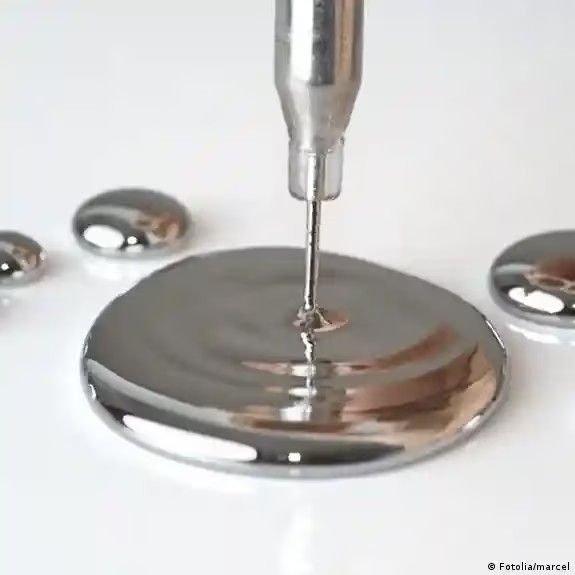Don't Forget an Unsung Hero of clean water:Bromine

Have you thought about our life supportive drink? A water! It is getting clean, safe and flowing freely from our taps, How? However, behind it all has been a centuries long silent war against deadly microbes and other harmful organisms that exist in our water supply. Chlorine works as the captain in this fight. However, there is another soldier with a rich history that deserves some credit: bromine. Before chlorine got to the middle of a stage for water purifier. Bromine had a role as a water disinfectant.Bromine deserves a credit. Bromine was discovered by Two chemists, Carl Löwig and Antoine Balard, simultaneously but independently in the 1820s. Bromine's germ-killing potential wasn't seriously explored for water treatment until the early 1900s. Researchers saw its promise in eliminating harmful microbes. This is when bromine truly shined and used widely. The development of hypobromite solutions, especially sodium hypobromite (NaBrO), was a game-changer. Unlike the tempe...

